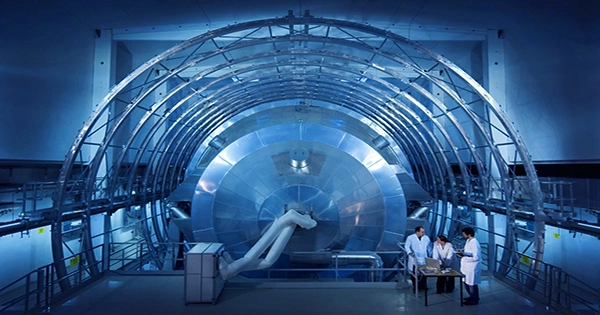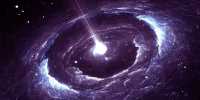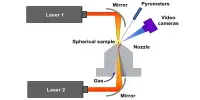Physicists have spent decades seeking to determine the mass of neutrinos, one of the most poorly understood common subatomic particles. They do, however, have a maximum, which for the electron neutrino is 0.8 electron volts in the weird world of particle physics where units of energy measure mass. It’s 100,000 times less than the lightest other standard model fermion. Neutrinos were first hypothesized as a way to account for energy that was absent following nuclear events, which physicists believed could only be explained if a particle was being formed that we didn’t know about.
Following more research, it was discovered that there are three varieties of them (electron neutrinos, muon neutrinos, and tau neutrinos, each of which has an antiparticle). For a long time, one of the most contentious issues in science was whether neutrinos had mass or not. It was eventually determined that they do, but only in trace amounts. It’s been even more difficult to determine how small their mass is, but a new research in Nature Physics has supplied a partial solution. The collaboration behind the work is known as the Karlsruhe Tritium Neutrino Experiment (KATRIN).
Neutrinos are created in a variety of reactions, however they are extremely difficult to detect. When SN1987A became the closest supernova to Earth in centuries, just 11 neutrinos (and 8 antineutrinos) were identified, launching neutrino astronomy (and a lot more than 11 scientific papers). Despite this, the majority of the gravitational energy generated in these massive explosions is thought to be carried away by neutrinos. Countless numbers must have traveled through our planet even at a distance of 163,000 light-years. Rather than trying to directly observe neutrinos to determine their mass, the team looked at one of the most basic nuclear events, tritium beta decay. Tritium has a half-life of 12.3 years and emits an electron as well as a neutrino when it decays.
The authors were able to calculate what was lacking with exceptional accuracy by measuring how much energy the electrons had. After scientists accounted for all other ways in which energy may be released or other forms of contamination that could contaminate the measurements, neutrino energy was the only thing remaining. Everything else, on the other hand, took a long time to measure. “This time-consuming and detailed study was the only way to rule out a systematic bias of our results due to distorting processes,” said authors Dr. Magnus Schlösser of Karlsruher Institut für Technologie and Professor Susanne Mertens of Max Planck Institute for Physics.
As a result of all of this, the authors estimate that neutrinos have a mass of no more than 0.8 eV. (1.3 x 10-19). Consider Einstein’s most famous work, e=mc2, if you’re perplexed as to why mass is calculated in energy units. Mass is energy and may be measured as such, with the exception of the tiny problem of the speed of light squared. The limit is 1.6 10–36 kg if you insist on using mass units. Measuring the mass of neutrinos has been a long-term undertaking, but most attempts have either proven to be inaccurate or generate conclusions that are reliant on the universe model utilized. Others were less exact, with maximums in excess of 1 eV.
“The particle physics community is ecstatic that the 1-eV barrier has been breached,” said KATRIN Board Chair Professor John Wilkerson of the University of North Carolina. Inevitably, the scientists will continue to take measurements until the end of 2024 in the hopes of limiting the possible range even more. The research will help to answer the question of whether neutrinos make up any of the mysterious dark matter in the universe, and if so, how much.
















